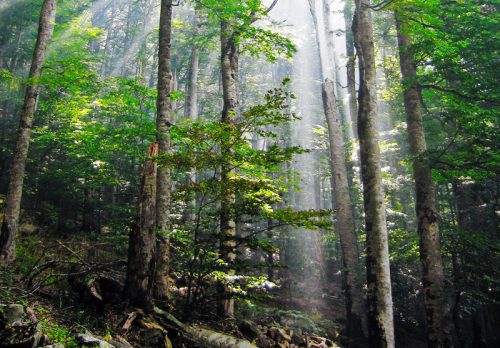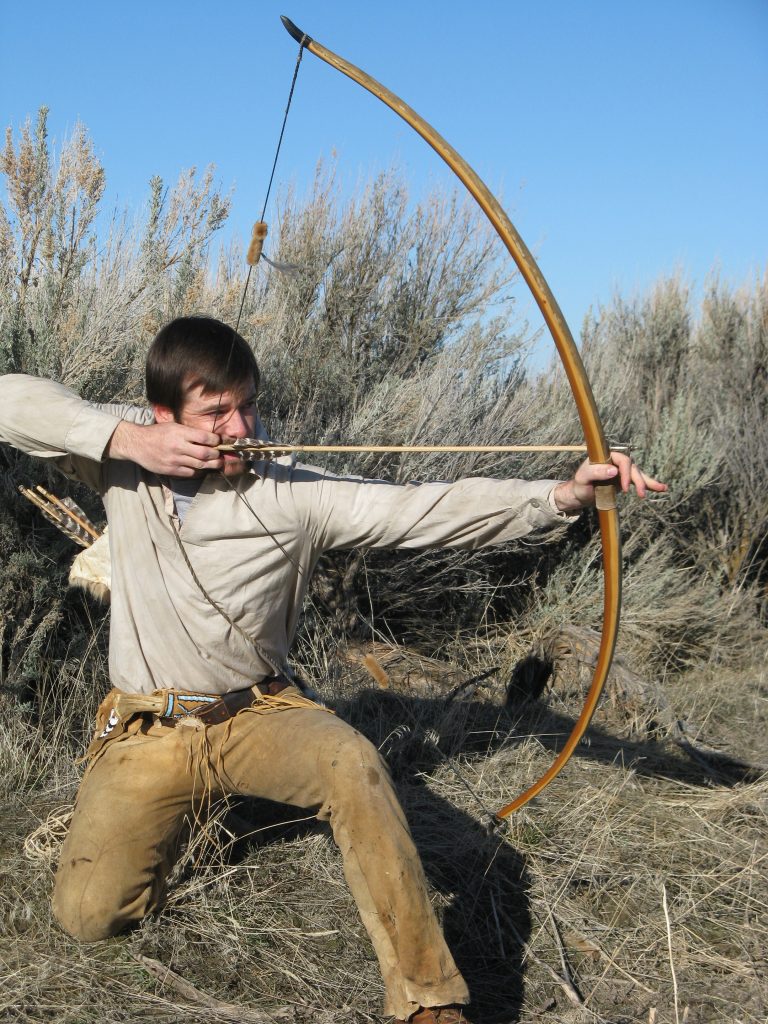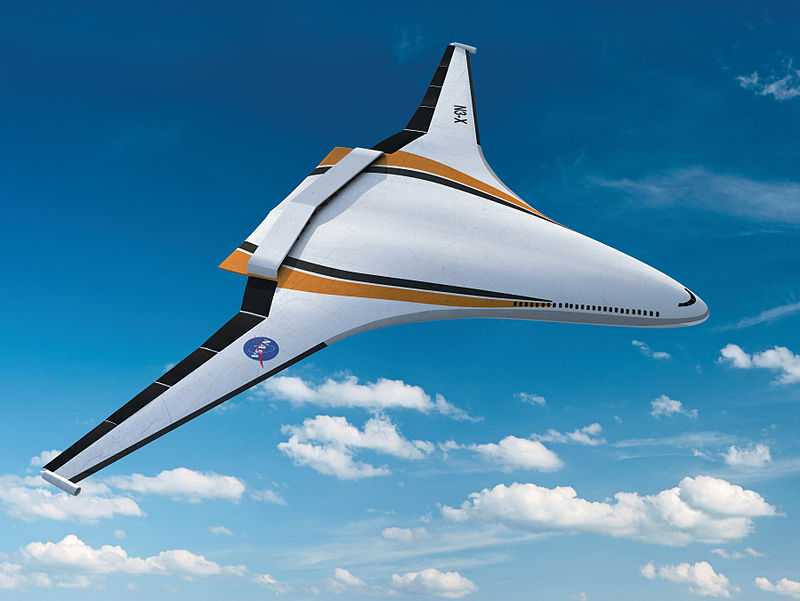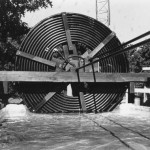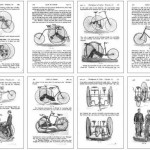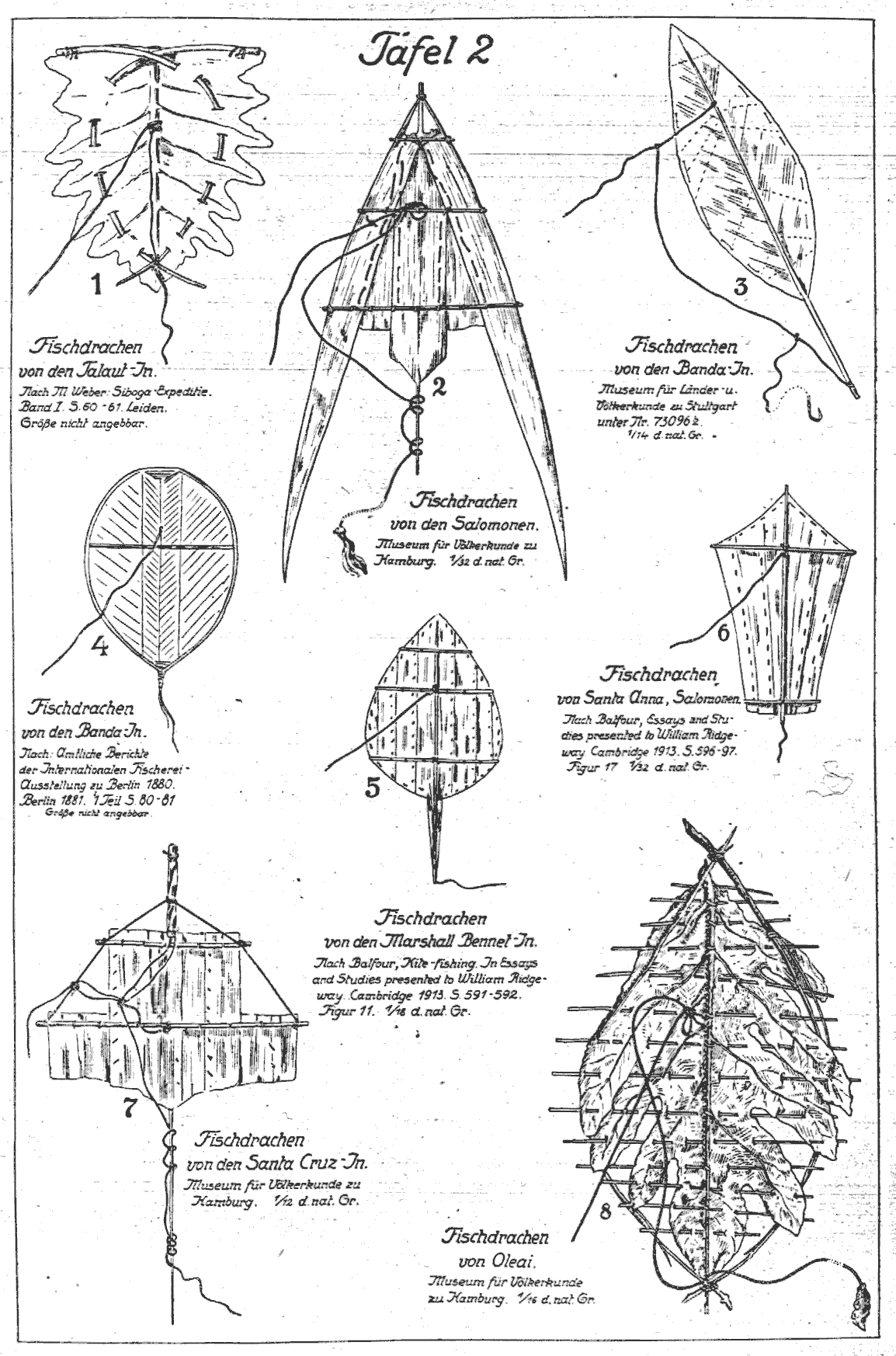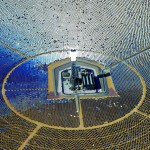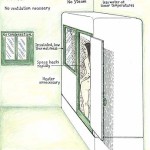- Venezuela blackout devastates country’s second city as world focuses on Caracas
- As Costs Skyrocket, More U.S. Cities Stop Recycling
- Resource extraction responsible for half world’s carbon emissions
- Escaping the Iron Cage of Consumerism [via Aaron Vansintjan]
- How Tech Utopia Fostered Tyranny
- If Stalin Had a Smartphone
- Alone together: how mobile devices have changed family time
- The Urban Home as Fortress [Via Wrath of Gnon]
- Do Not Disturb: How I Ditched My Phone and Unbroke My Brain
- The racism of technology – and why driverless cars could be the most dangerous example yet
No Tech Reader #23
Another Day, Another Low-tech Website
French designer and researcher Gauthier Roussilhe was inspired by our solar powered website and built a low-tech website himself, documenting the process in detail (and in English). It’s a great work, and there’s some interesting differences with our solar powered blog.
First, Roussilhe built his site with a user friendly content management system (Kirby), which is then converted into a static website. Compared to our approach, this makes it easier to build a light-weight website for those who are accustomed to working with WordPress.
Second, the designer also tackles his videos, which are hosted on Vimeo and Youtube, and manages to reduce their “weight” by 75%. This is a major contribution, because video takes up the largest share of internet traffic.
Here’s his own conclusion:
If we take stock: I reduced the weight of my site by 10, the average weight of a page by more than 3 and I reduced the weight of my videos on third-party services by 4. I have a site extremely simple to administrate, very light so very fast, which consumes very little electricity and therefore emits little GHG.
The site also follows all the canons of today’s digital design: mobile-first, accessibility, loading speed. In fact it is quite surprising to realize that structural limitations (weight / energy) lead to navigation experiences much more accessible to all audiences regardless of their equipment, their connection or their imperative motricity or vision.
Read more: Digital guide to low tech.
Carbon Farming: The Tree Solution
“We need two billion hectares of trees to disconnect all present and past CO₂ produced through fossil fuels. The total investment to clean the air from the CO₂ pollution is therefore five trillion USD. This investment is smaller than the costs of saving the bank system since 2008. Both USA and Europe spent over six trillion USD to save their banks.”
Read more: The Treesolution, Pieter Hoff.
Image: A forest in Montenegro. Credit: Snežana Trifunović.
Low-tech Links #1
This is a new series of posts, collecting links to all kinds of low-tech stuff — often sent in by readers. Ideally, I would write a bit more about each link, but unfortunately there’s no time for that.
- De-google-ify Internet. The French educational network Framasoft now offers its free software manual in English. They also translated our article about the solar powered website to French.
- Rise-up, FastMail, and Protonmail are three interesting alternatives to Gmail.
- Write Freely is free and open source software for starting a minimalist blog.
- Report on Radical Networks in Berlin.
- The Autarky Library offers almost 500 books as a free download.
- Les outils de l’autonomie. A collection of low-tech manuals, in French.
- The Nowlight is the successor of the GravityLight.
- Interrail’s new travel passes for Europeans.
The Complication of Leisure
During the past two decades there has been a disturbing trend in American sports, a trend in which our “toys” have evolved from the simple to the intricate. No matter whether it’s boating, bicycling, skiing or backpacking, the goal seems to be the same: to improve the performance and efficiency of the equipment. Outdoor equipment today becomes “obsolete” after only a season or two, made so by the constant introduction of newer, more sophisticated models.
Manufacturers of recreational equipment — who have the most to gain from the complication of leisure — spend millions to promote “new, improved” products. And at what cost to our sense of fun and play? We seem so bent on results — on being “successful” — that we often forget why we took up a particular sport in the first place. In other words, play is beginning to look more and more like work. And, at the same time, the price tag on our toys has gone sky-high.
One of the primary benefits of using traditional archery gear — aside from saving lots of money, especially when you make your own gear — is that it promotes a sense of fun and encourages a carefree spirit. Archers who go traditional always seem to agree that once they make the switch, archery is once again exciting.
Quoted from the introduction to “The Traditional Bower’s Bible, Volume One“, Steve Allely, Tim Baker, Paul Comstock, Jim Hamm, Ron Hardcastle, Jay Massey, and John Strunk, 1992. Image by Clay Hayes.
Dreaming of Electric Airplanes
“The ability to fly away to nearly anywhere in the world on holiday or on business within a day is cherished by many who are in the fortunate position to be able to do so. The prospect of electrification making a meaningful reduction in the environmental impact of aviation (which remains a blind spot for many politicians and citizens alike) is therefore a tantalising one.”
“In this report we make an attempt to evaluate the potential for electric aircraft to contribute to reductions in the sector’s greenhouse gas emissions. Reliable global data is difficult to obtain, but the UK keeps particularly high quality records of air traffic movements. Using data covering the UK aviation industry we assess what level of performance electric aircraft would need to attain in order to have a meaningful impact on the sector’s greenhouse gas emissions in the UK.”
Read the report: Electric dreams: the carbon mitigation potential of electric aviation in the UK air travel market, Fellow Travelers, December 2018. Image: NASA’s N3-X concept.

